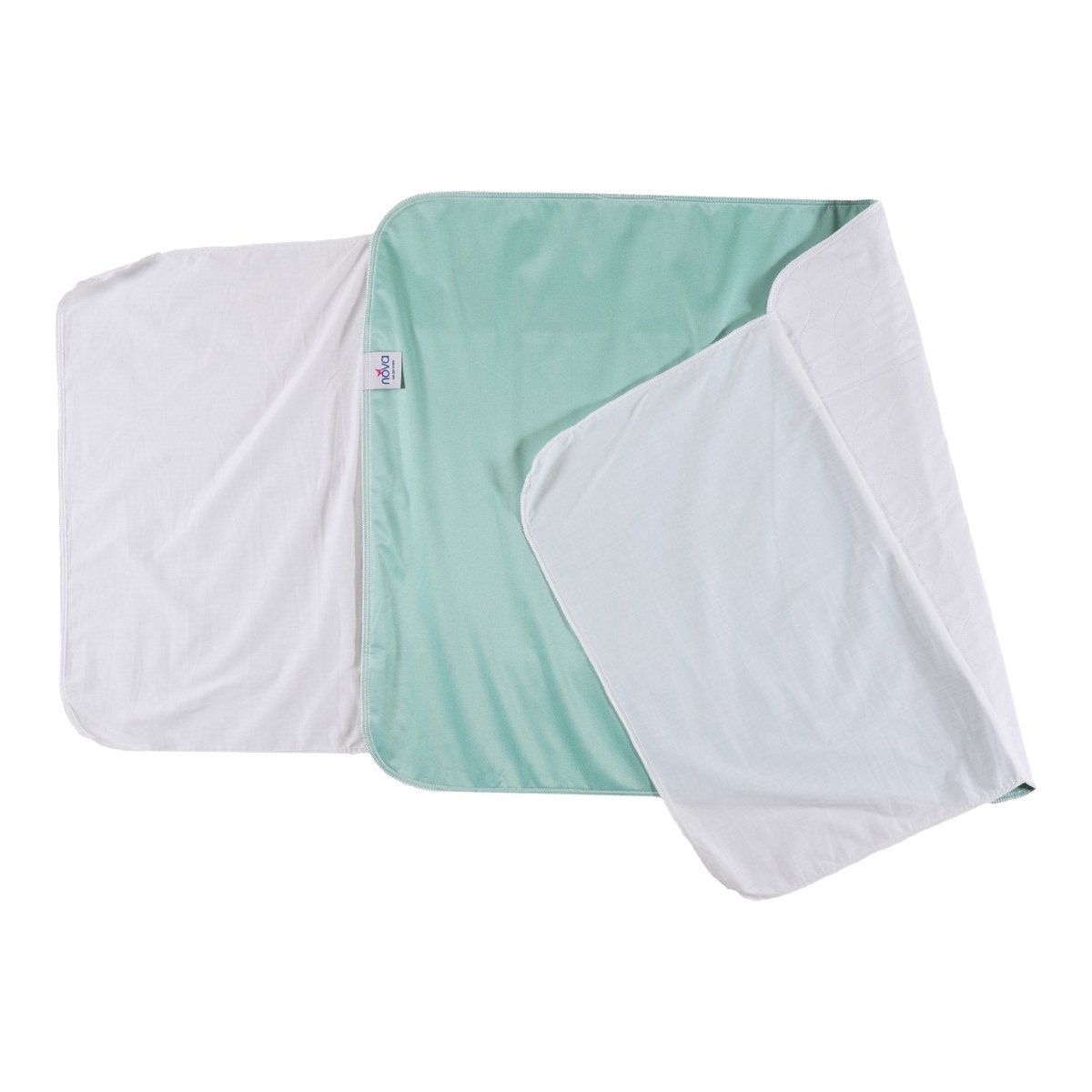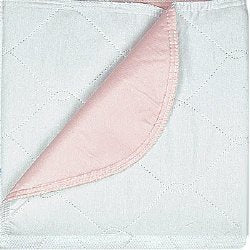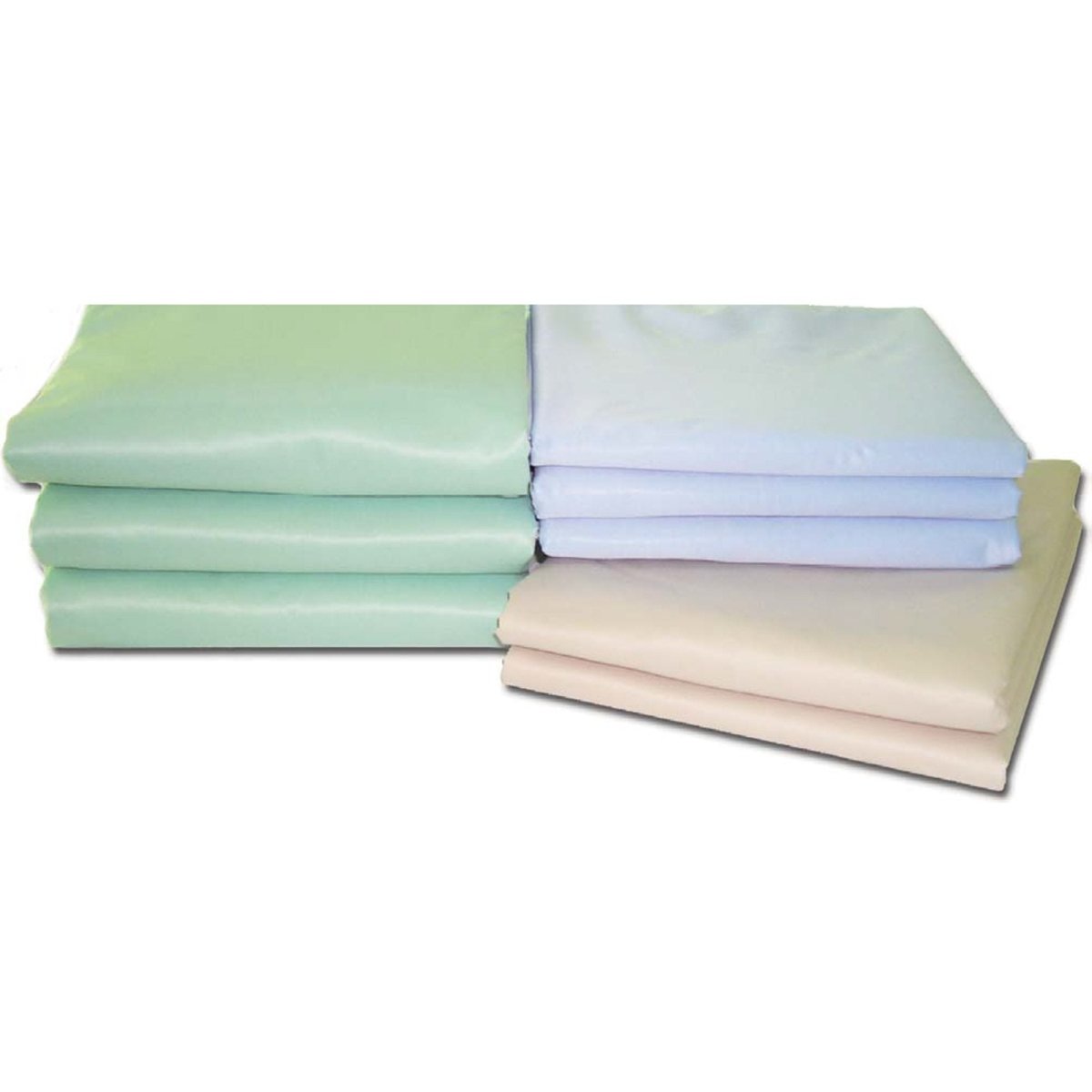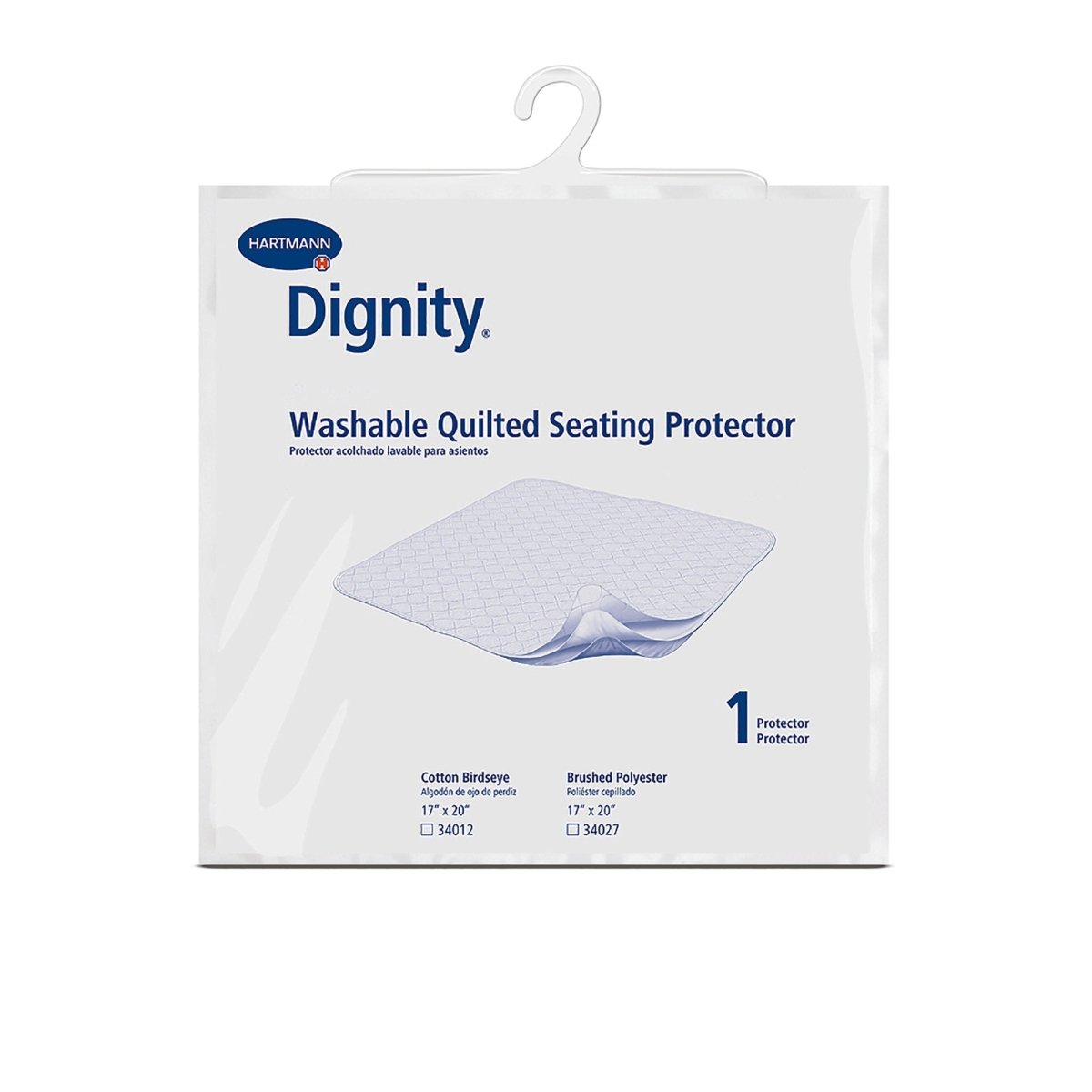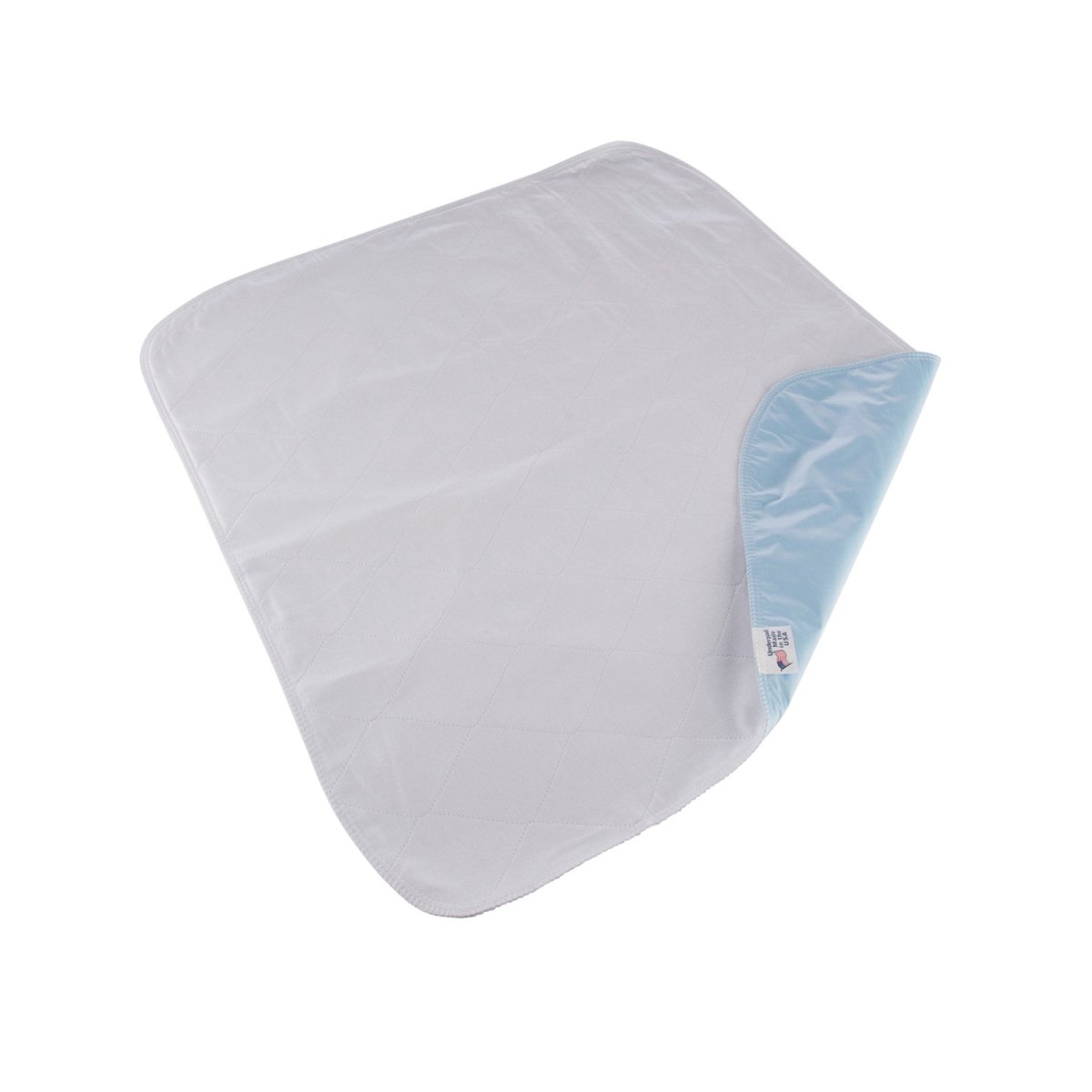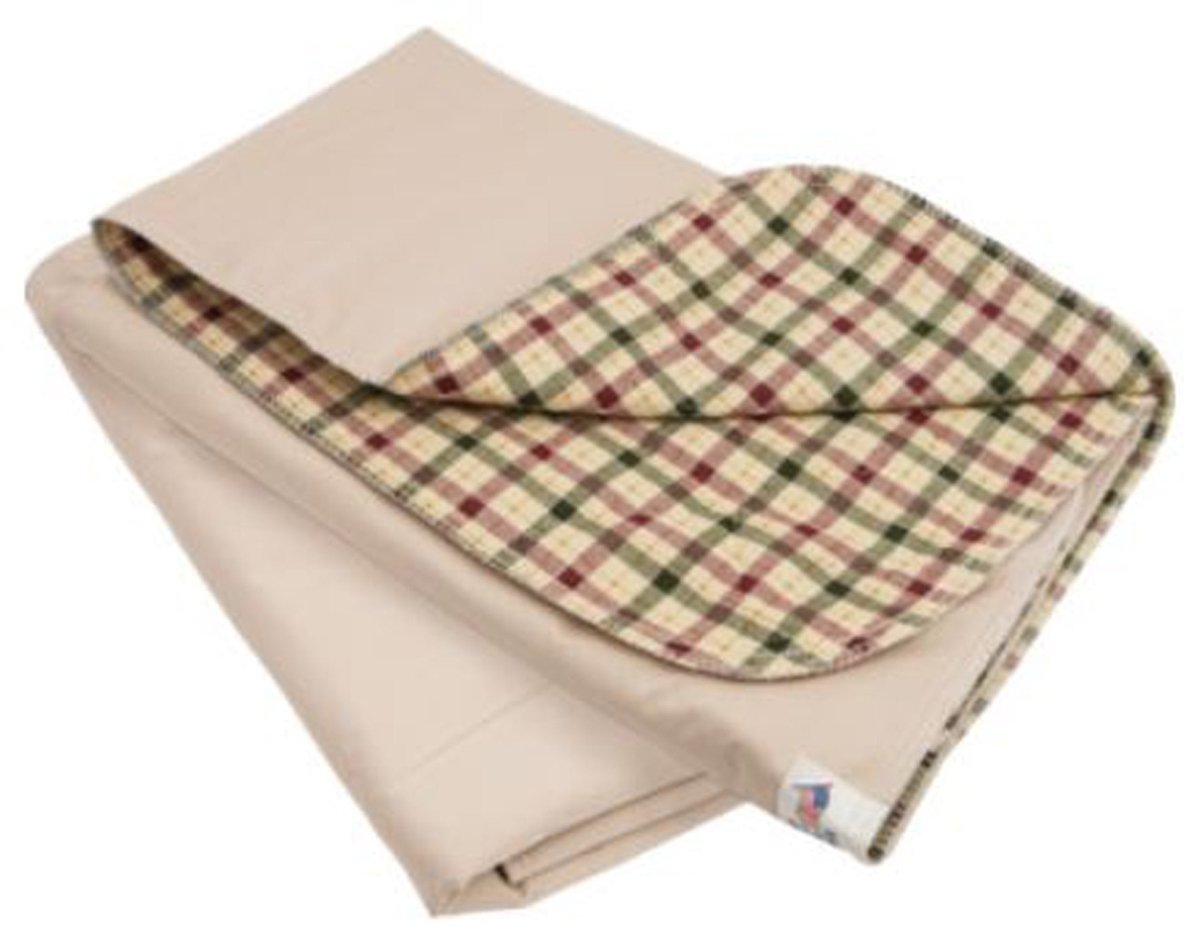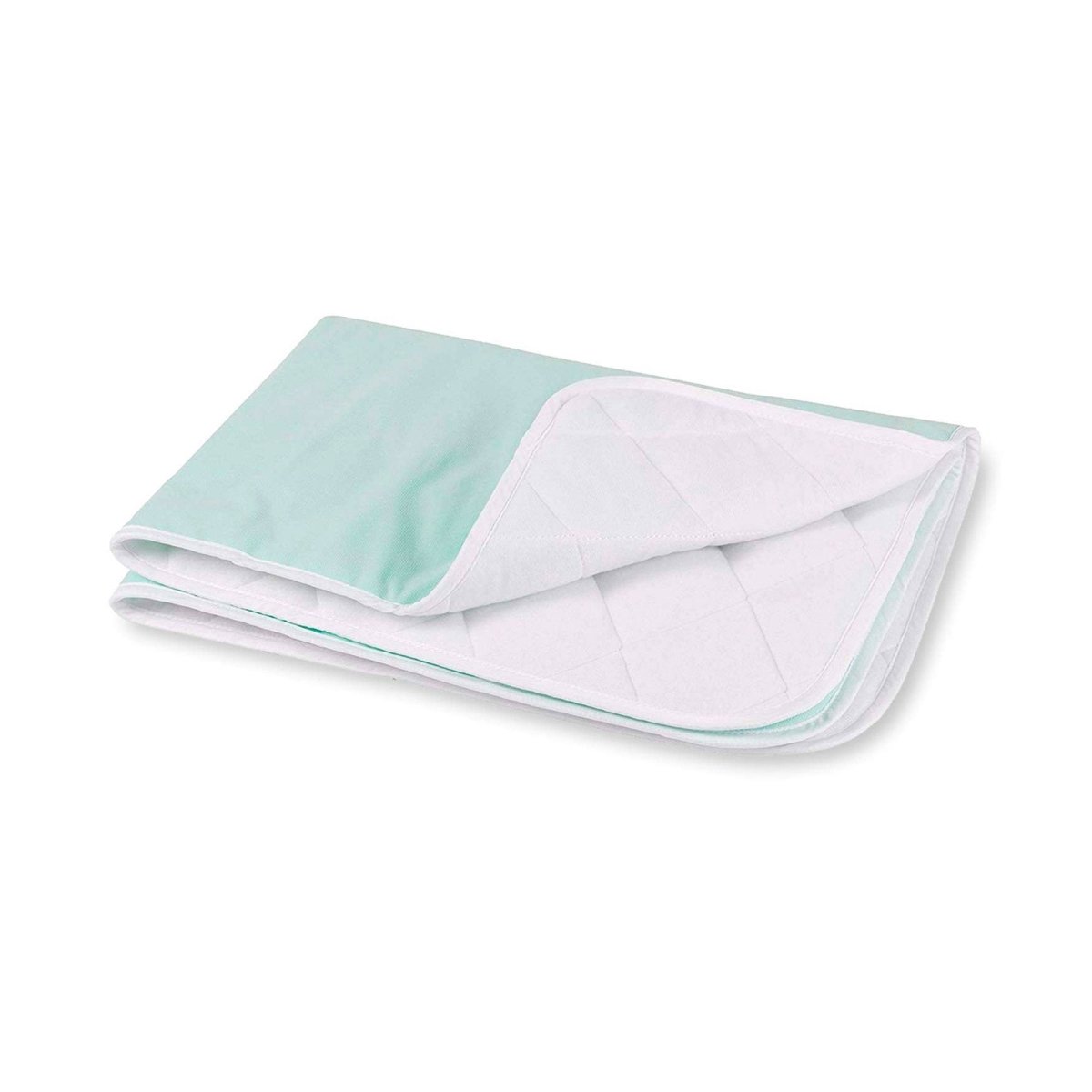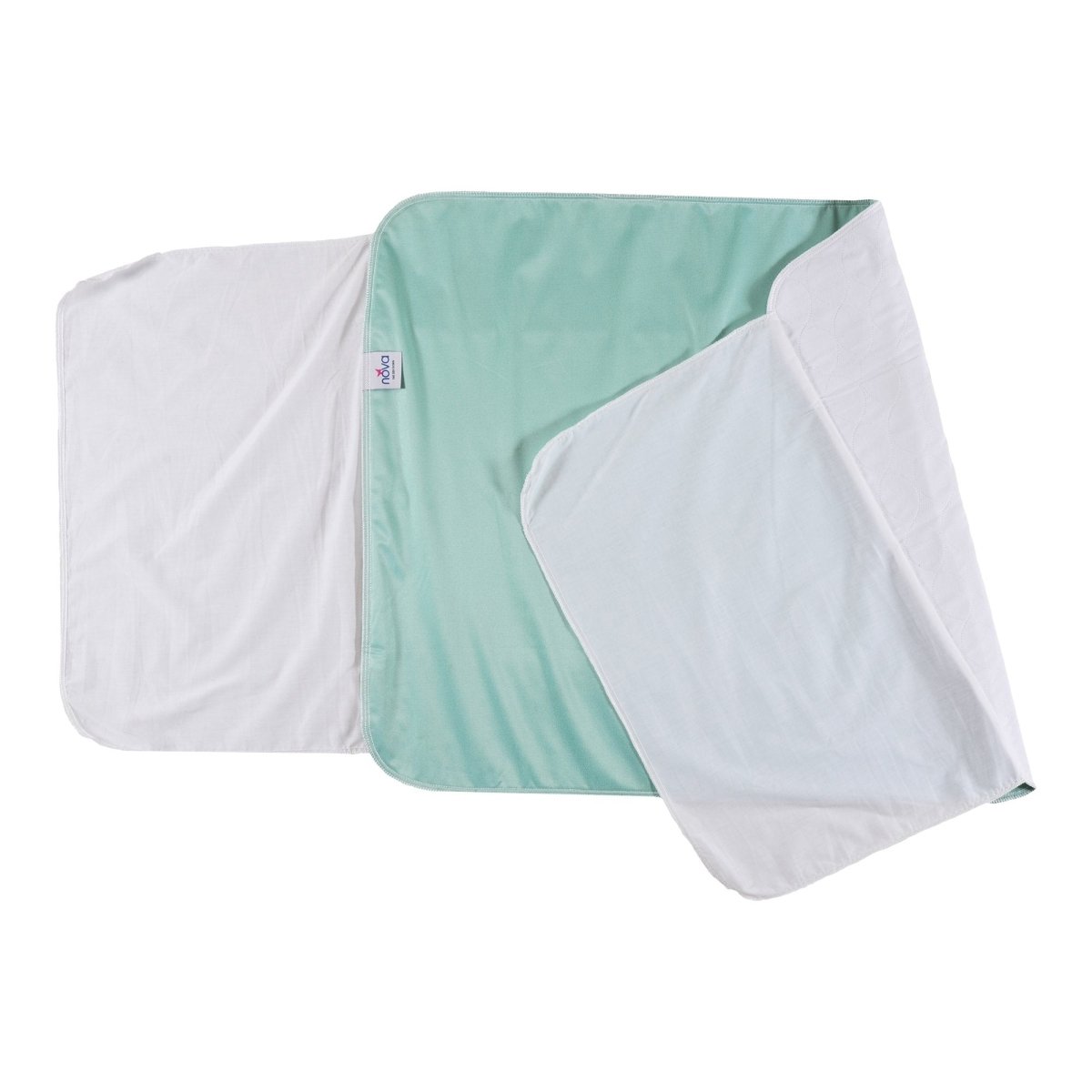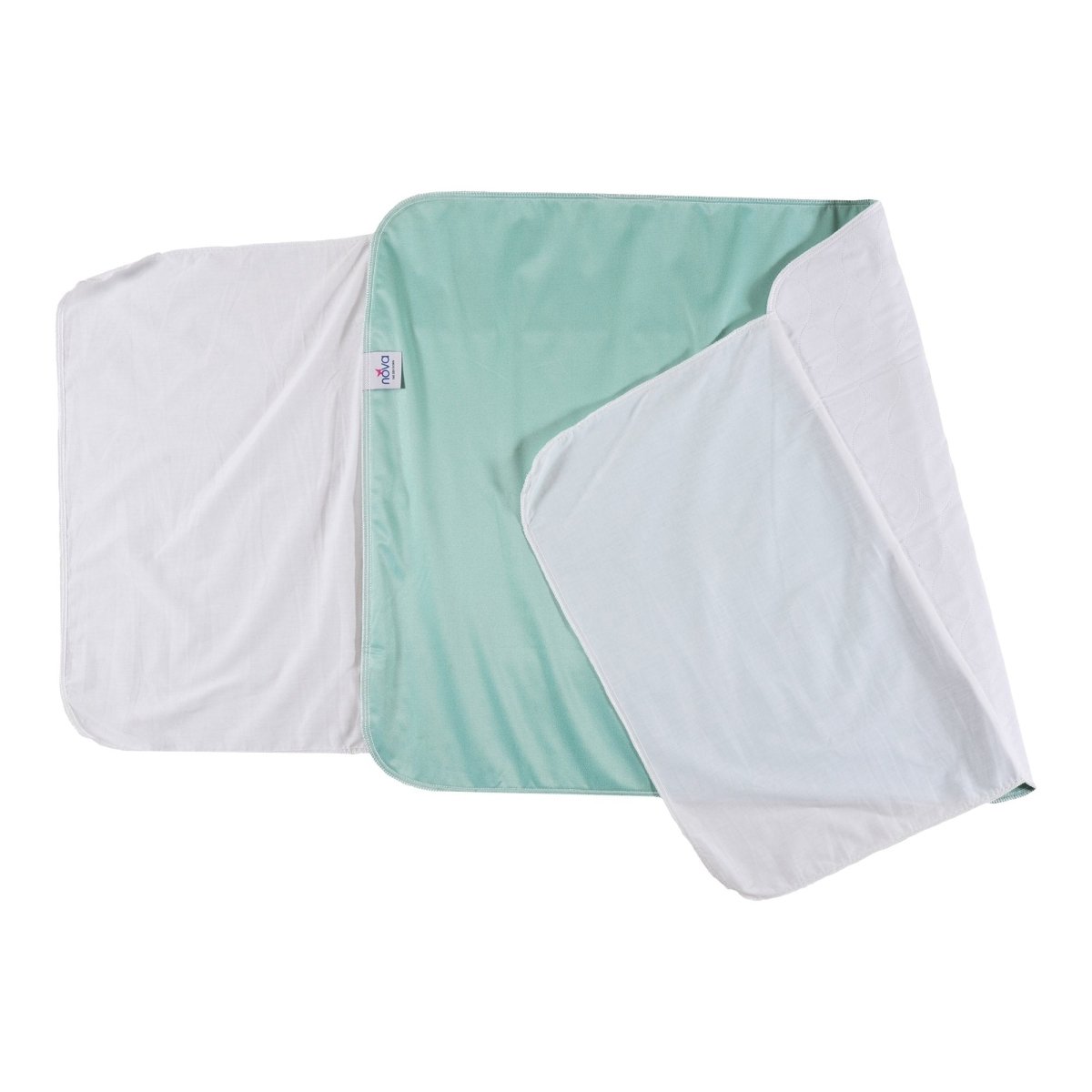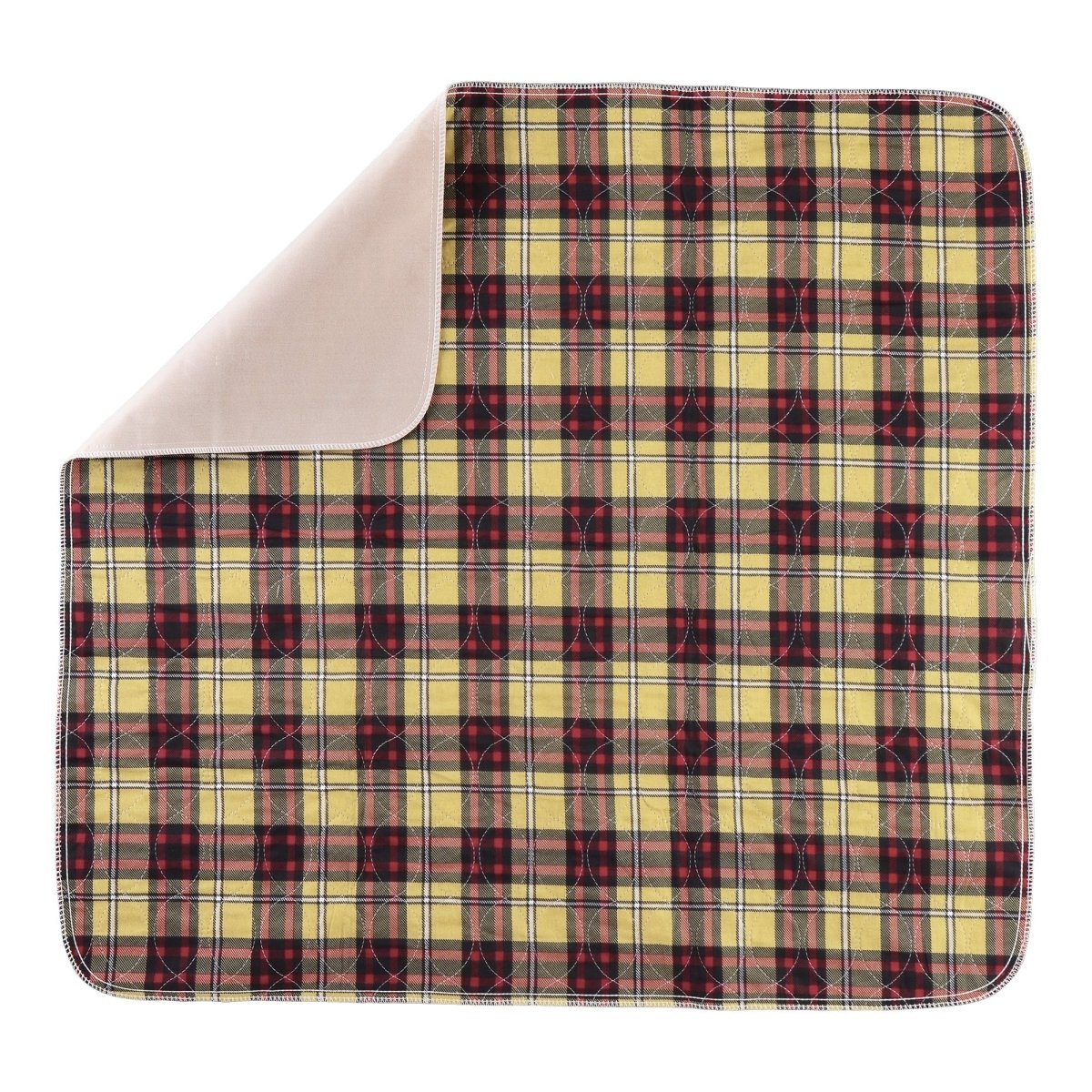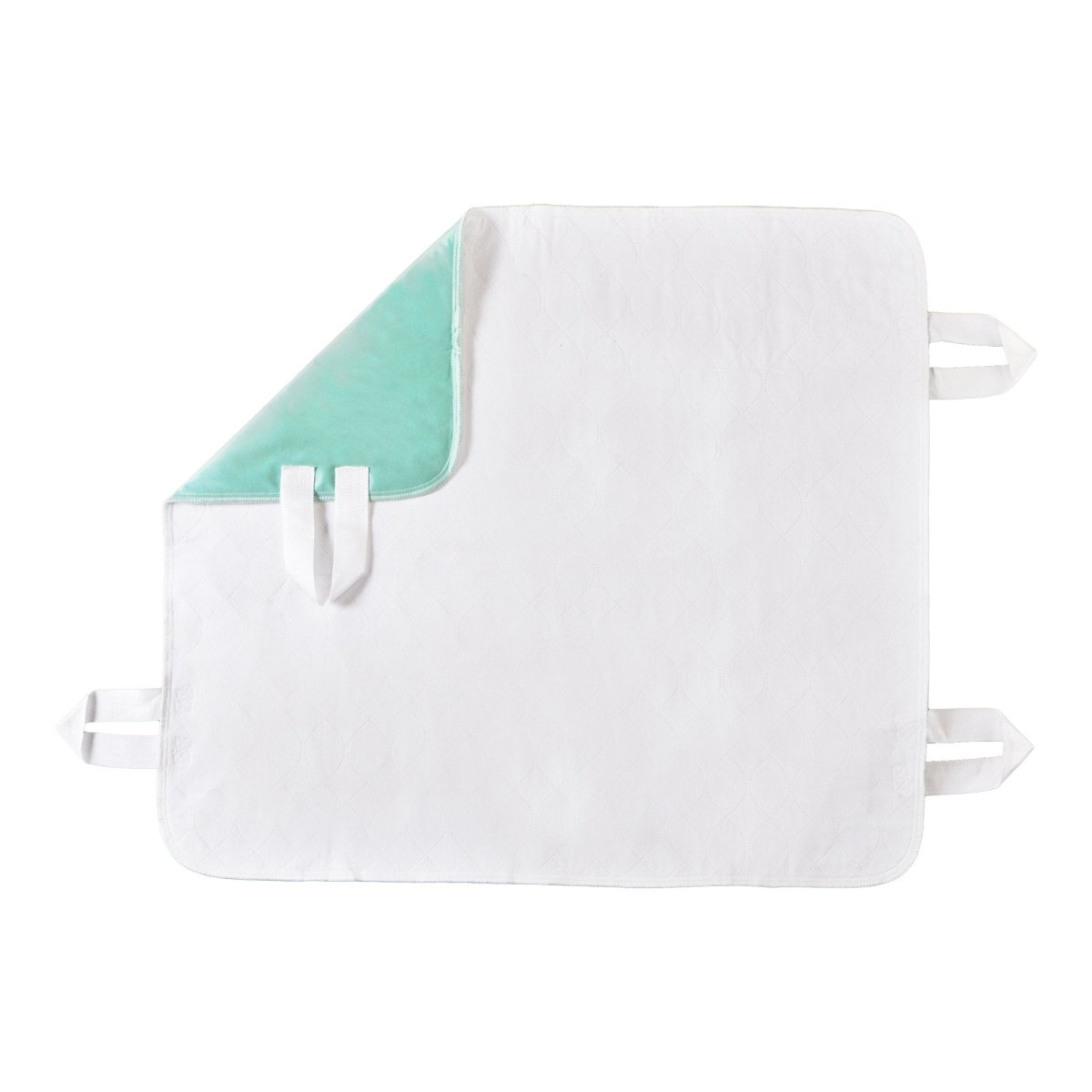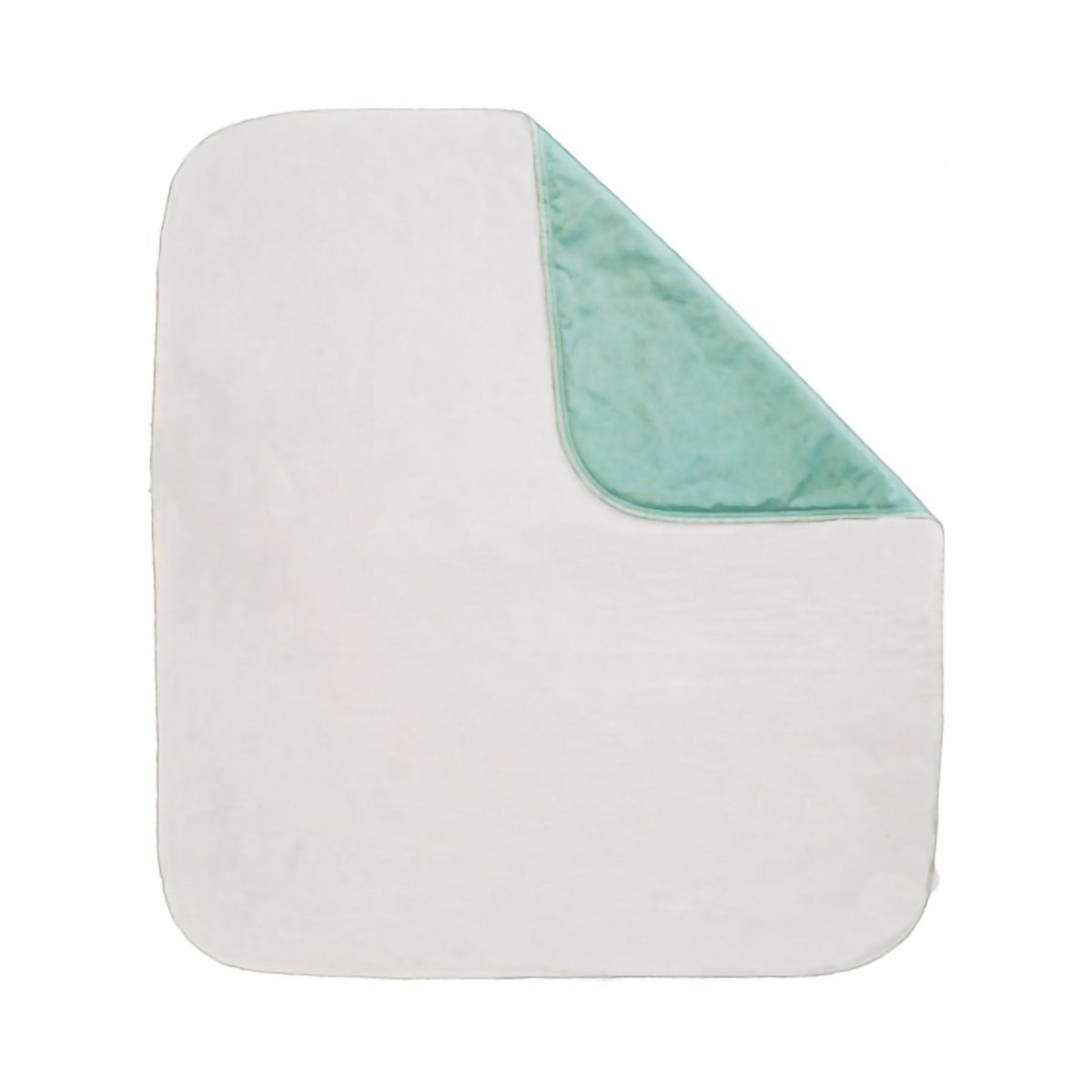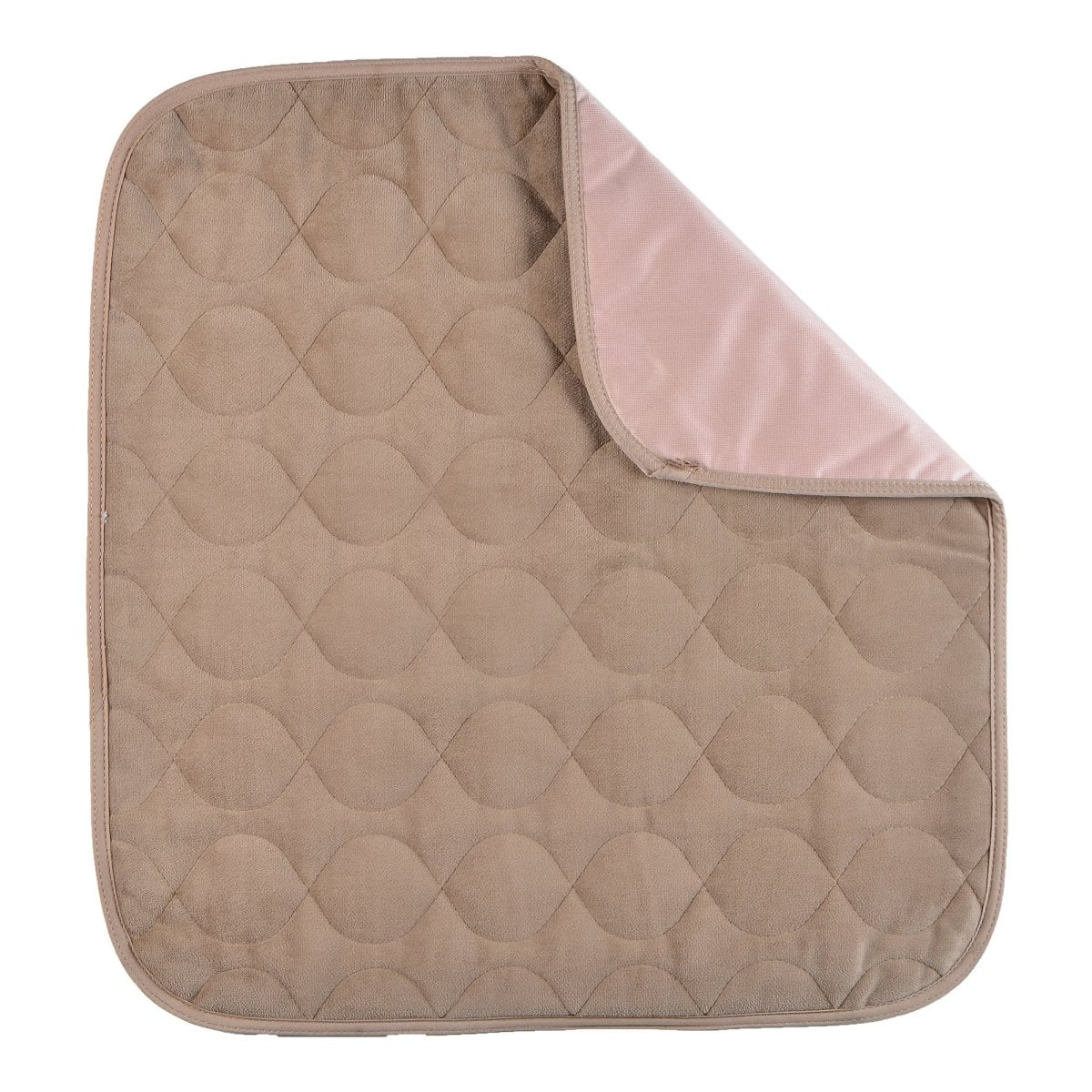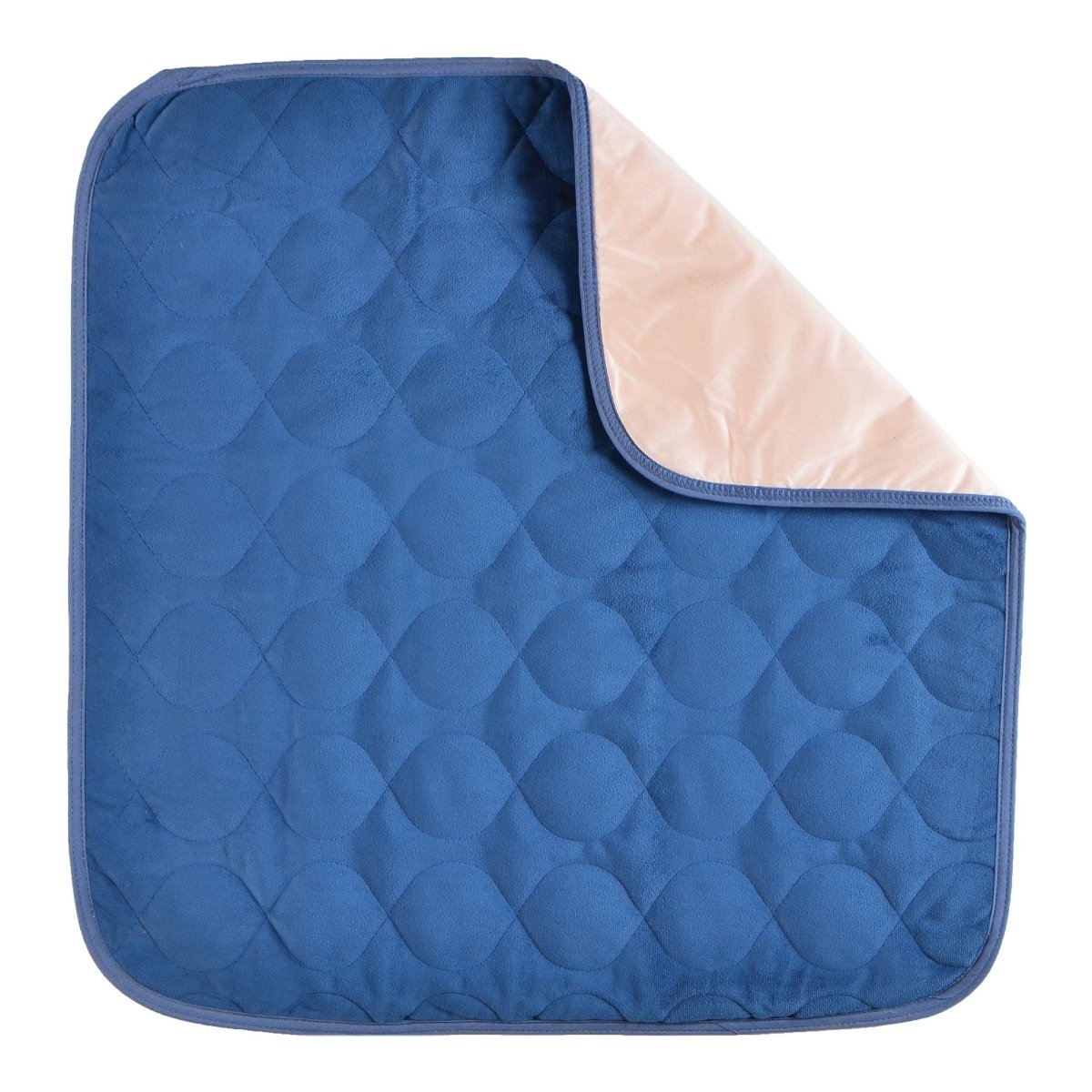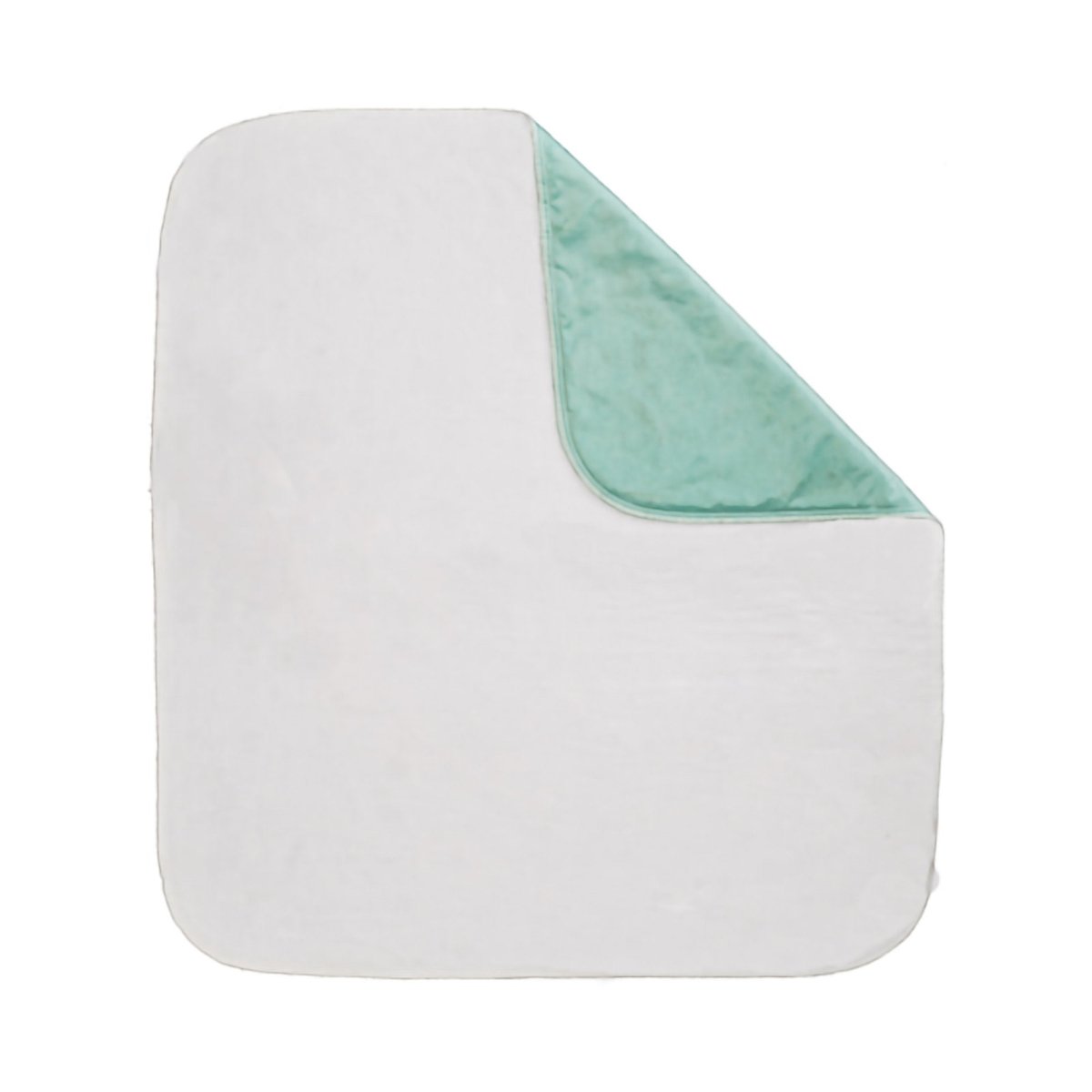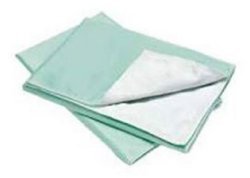Shop Reusable and Washable Underpads
Washable underpads, also known as reusable incontinence pads or bed pads, are an eco-friendly and cost-effective alternative to disposable underpads. They're designed to absorb and contain urine or other bodily fluids, protecting beds, chairs, and other surfaces from accidental leaks.
Benefits of Reusable Underpads
There are several benefits to using washable underpads over disposable underpads.
Cost Savings
One of the main benefits is the cost savings. Disposable underpads can be expensive, especially if they are used on a daily basis.
In comparison, washable underpads can be used repeatedly and are designed to last for years with proper care. This can result in significant savings over time.
Environmentally Friendly
Another benefit of washable underpads is their environmental impact. Disposable underpads are made from non-biodegradable materials and contribute to waste and pollution.
In contrast, washable underpads are made from eco-friendly materials such as cotton, bamboo, or hemp, and can be washed and reused, reducing the environmental impact.
Comfort
Washable incontinence underpads are also often more comfortable and discreet than disposable underpads. They're typically made with soft, absorbent materials that are gentle on the skin and less likely to cause irritation or discomfort.
They're also typically thinner and less noticeable than disposable underpads, making them a more discreet choice for incontinence protection.
Reasons to Choose Reusable Instead of Disposable
There are several factors to consider when choosing reusable or washable underpads.
Absorbency Levels
One of the main factors is the absorbency levels. Washable underpads are available in a range of absorbency levels, from light to heavy. It's important to choose an underpad that's appropriate for the needs of the user.
For example, a light absorbency one may be suitable for minor spills or for use as a backup to other incontinence products, while a heavy absorbency pad may be more appropriate for overnight use or for people with more severe incontinence.
What size do you need
Another factor to consider is the size of the underpad. Washable underpads are available in a range of sizes, from small to extra large. It is important to choose an underpad that is large enough to provide adequate coverage and protection, but not so large that it is cumbersome or difficult to use.
Materials
Other factors to consider when choosing washable underpads include the materials used, the durability of an underpad, and any additional features such as waterproof layers or anti-slip backing
It's also important to consider the care instructions, as some may need to be washed in hot water or may require special detergents to maintain their absorbency and effectiveness.
Bottom Line
Underpads are a convenient, cost-effective, and eco-friendly alternative to disposable underpads. They can provide reliable incontinence protection for people of all ages and can be a valuable tool for maintaining skin health, hygiene, and independence.
Frequently Asked Questions about Reusable Underpads
Do you still have questions about Reusable Underpads?
If we still haven't answered your question, you can contact us by phone or email and we will get back to you as soon as possible.

